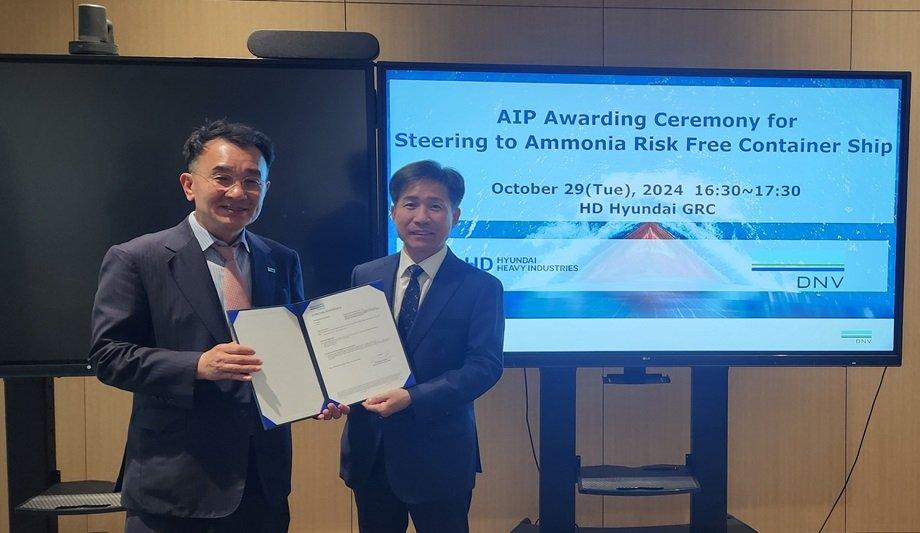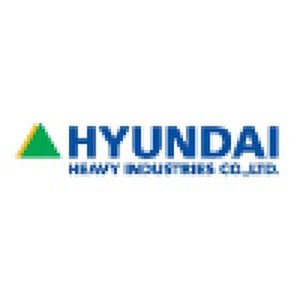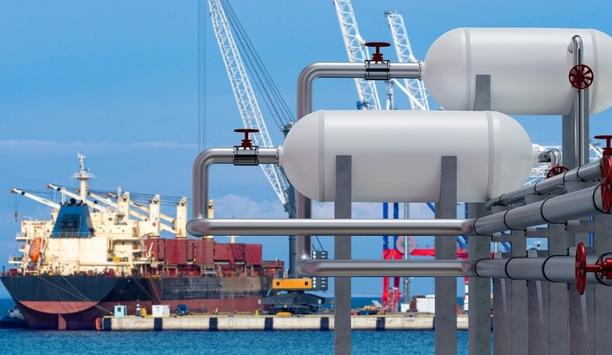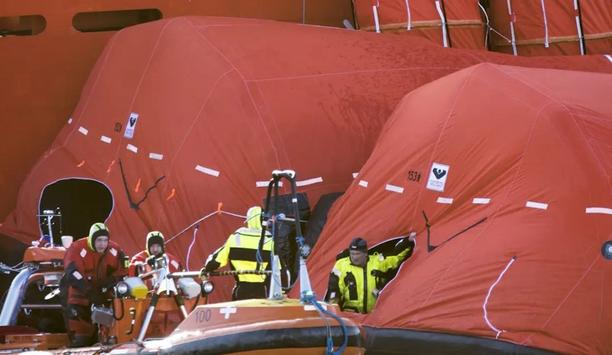DNV has awarded an Approval in Principle (AiP) to HD Hyundai Heavy Industries (HD HHI) for its 15K TEU ammonia dual-fuelled container vessel design.
This milestone follows the successful completion of a joint development project aimed at addressing the challenges associated with using ammonia as a marine fuel.
Ammonia as a marine fuel
The project focused on developing cutting-edge designs to enhance safety, including an optimised ammonia tank design, advanced fire safety systems, enhanced ammonia release mitigation systems, and boil-off gas (BOG) handling systems.
These innovations could play an important role in building confidence in the safe and efficient use of ammonia as a marine fuel.
Safety design criteria
On container ships, where the upper deck is a safe working zone, an ammonia leak could pose a serious risk
Ammonia is toxic at low concentrations and corrosive, and emissions from combusted ammonia may contain a high amount of nitrous oxide (N2O), a powerful greenhouse gas. And even small leaks could potentially create a large toxic zone, endangering personnel.
On container ships, where the upper deck is a safe working zone, an ammonia leak could pose a serious risk. This means, establishing safety design criteria to manage these risks is crucial for the wider commercialisation of ammonia-fueled ships.
Gas dispersion analyses
To this end, fuel pipe leakage scenarios were defined and quantitatively analysed through gas dispersion analyses. Consequently, it was confirmed that, with conventional systems, foreseeable small leakages occurring at connections within the ammonia piping system can form toxic areas with dangerous ammonia concentrations throughout the entire weather deck, highlighting the need for effective mitigation measures.
The result showed that hazardous areas were significantly reduced by the enhanced ammonia release mitigation system, enabling not only safer enclosed spaces, but also safer working areas across the entire weather deck of the vessel.
Sustainable, innovative solutions
Seung-ho Jeon, SEVP, CTO of HD HHI, commented, "The AiP reflects HD HHI’s dedication to developing sustainable, innovative solutions like ammonia-fuelled vessels, which will play a key role in reducing emissions and shaping the future of shipping."
Vidar Dolonen, DNV Regional Manager Korea and Japan stated, "This AiP highlights the importance of safety in moving the maritime industry along the path to decarbonisation."
Zero-carbon fuels
Vidar Dolonen adds, "There are many aspects to building out zero-carbon fuels in shipping, and we must have them all in place for ammonia to truly establish itself in the marine fuel market."
He continues, "But with new technological solutions, alongside rigorous safety procedures, ammonia has reached its full potential as one of the most promising green fuels. DNV is proud to support these advancements from HD HHI as we continue on this journey to an even more sustainable maritime industry."












